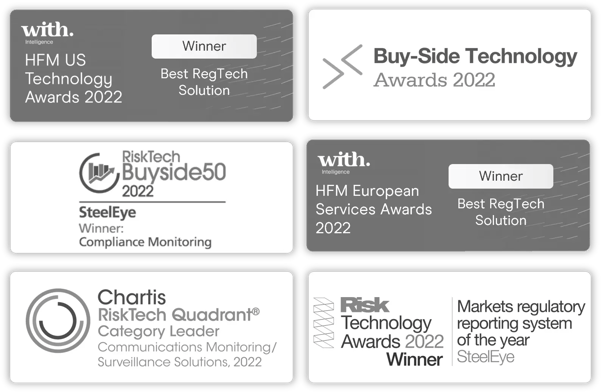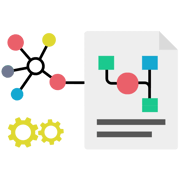Over the past two decades, the number of financial regulations that firms operating in the financial markets need to comply with have exponentially grown.

At the same time, the amount of information collected and used by financial firms has exploded, with different data sets spread across multiple platforms and systems. This has made financial compliance much more challenging because, at the heart of all regulatory obligations is the need to bring together, analyze and store vast amounts of data for record keeping, reporting, oversight, and control.
As firms strive to achieve compliance, it is becoming increasingly clear that traditional ways of managing regulatory obligations – through manual processes, large teams, and an array of end-point solutions – are no longer sustainable. Compliance costs are at an all-time high, now one of the top budget items and as a result, firms are often prioritizing cost over capabilities when making decisions around compliance. However, the knock-on effect is increased risk and lowered control over the compliance process, with higher costs in the long term.
But, there is a better way - we call it Holistic Compliance. We believe that by adopting a holistic approach to compliance and following these 5 steps, financial firms can comply smarter and transform how they meet compliance objectives and beyond.








.webp?width=180&height=180&name=Holistic-Compliance-Focus-on-Data-First-and-Automation-Second-steeleye%20(1).webp)



